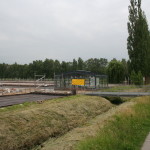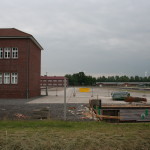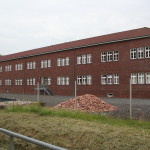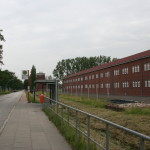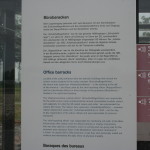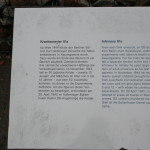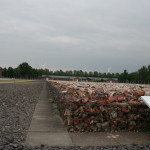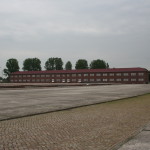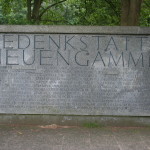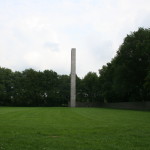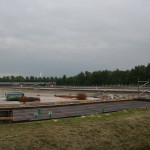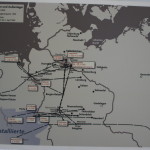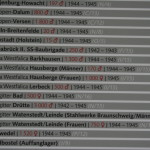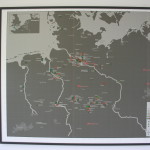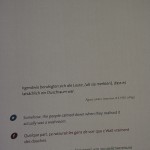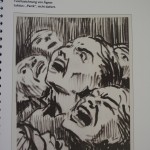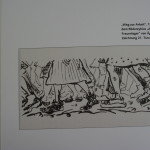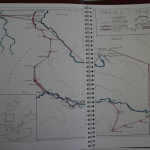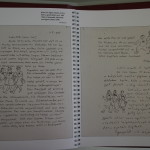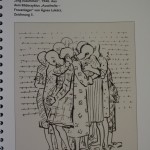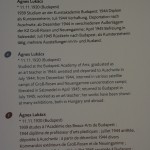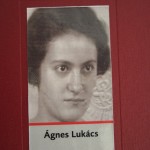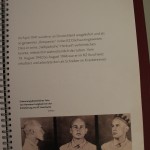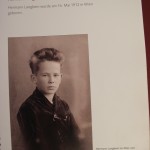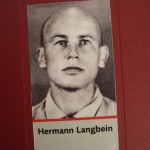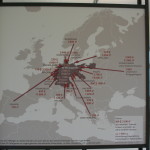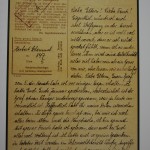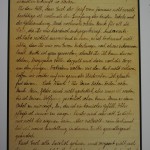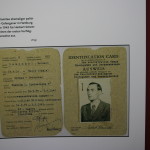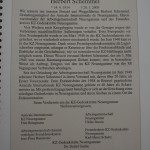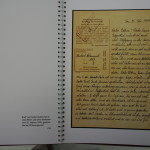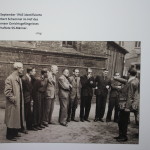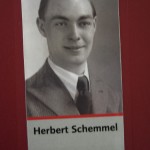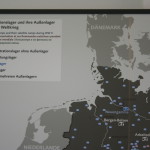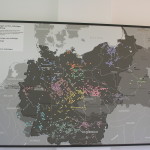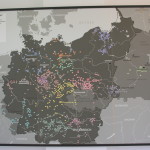South of Hamburg, and just south of the town of Bergedorf, lies the rural area known as Neuengamme. During World War II this area was turned into a large concentration camp, housing mainly political and war prisoners from surrounding countries. During the last few years of the war, many of these prisoners were taken to “satellite” camps for use in SS building projects. One of these projects was to become the underground factories in Porta Westfalica. Some 2000 men and women were transported from Neungamme to Porta Westfalica to convert the mines and create new tunnels into underground factory space. After the war, the Neungamme concentration camp was used as a prison, and only recently turned into a museum and archive commemorating the victims of Nazi terror.
The staff at the archive, particularly, Mrs. Alyn Beßmann, helped me find all of their resources regarding the sub-camps at Porta Westfalica. Of particular interest from the Neuengamme archive were the many interviews conducted by former concentration camp inmates. I was able to make copies of the interviews of twenty-four inmates who were moved from the larger camp at Neuengamme to one of the smaller camps at Porta Westfalica. Particularly helpful at Neuengamme was the exhibits about the life of inmates at the Neuengamme concentration camp, and the extent of the concentration camps in Germany’s occupied territories. Particularly striking, is a large map with small markers indicating the location of all known large main camps and sub-camps. Fourteen large camps provided inmates to hundreds of smaller sub-camps throughout Germany, France, Holland, Austria, Czech Republic, and Poland. The extent of the terror brought about by the Nazi ideology is truly astounding.

